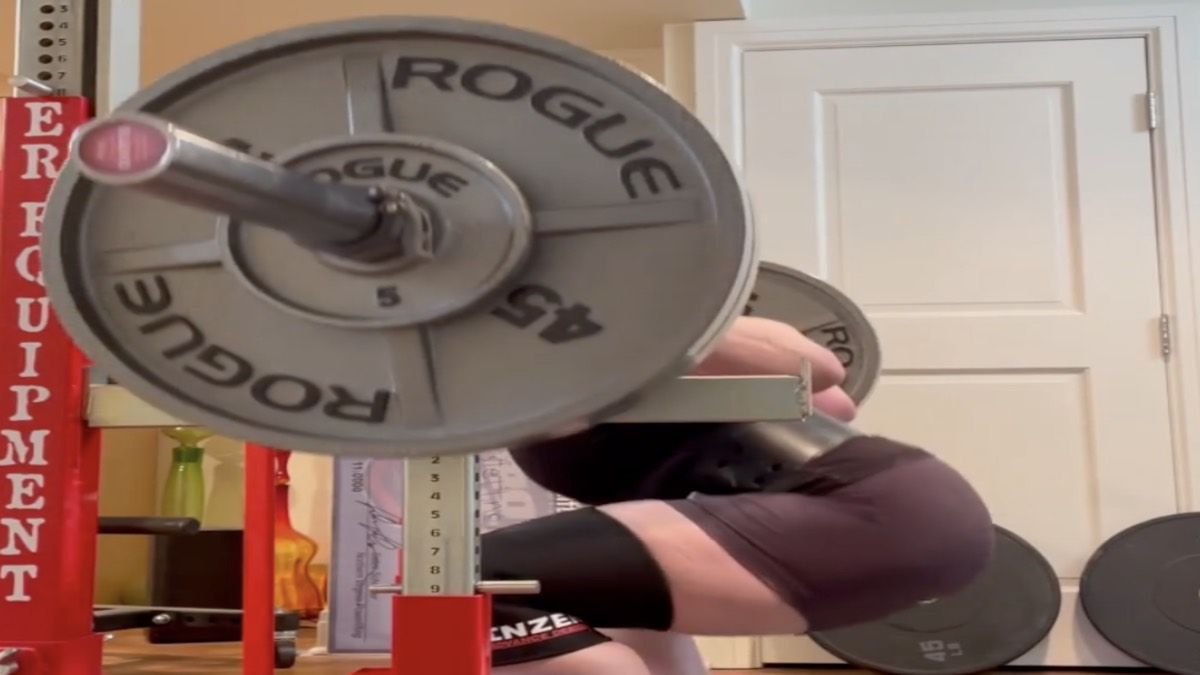
When I first tried a water flosser years ago—it sprays a pressurized, pulsating stream of water at the gum line to remove food particles and buildup—I was hooked. My dentist told me my gums had never looked better, and my mom had a similar experience. I had finally found something that made the dreadful chore of flossing more enjoyable (pro tip: use it in the shower because it can get pretty messy), and then I learned that it shouldn’t replace traditional flossing. Talk about a buzzkill. Here’s why, according to top cosmetic dentists.
“Water flossers work by using a combination of water pressure and pulsations,” says New York cosmetic dentist Jason Kararsky, DDS, noting that they can be especially helpful for those who wear orthodontic appliances like braces. “The stream of pulsed water can remove plaque, food debris and biofilm. It’s analogous to a garden hose using pulsed water to clean a deck.” And who doesn’t love the way a dirty deck sparkles after a good pressure wash?
Rockville, MD cosmetic dentist Joe Kravitz, DDS says you can add mouthwash to your water flosser in a 50-50 mix for enhanced benefits. “The hose tip has various attachments to direct the flow between your teeth, and underneath dental work and dental implants. It helps to improve your breath, too.“
However, as great as they are, dentists say they’re not enough. “In my opinion, regardless of what manufacturers say, water flossers should not be replacing traditional flossing,” says Dr. Kasarsky. “If someone refuses to floss traditionally, then water flossing can be beneficial as opposed to nothing, but my clinical experience and viewing of results of both types of flossing lead me to believe traditional flossing is better.” Chicago cosmetic dentist Eliot M. Tokowitz, DDS agrees. “They’re better than nothing and provide some stimulation to gum tissues to help blood flow, but I don’t believe they can remove plaque in between teeth like floss can. They’re a good adjunct, but not a replacement.”
The consensus is that manual techniques—remember when your dentist taught you how to floss properly by forming a “C” around each tooth and giving it a “hug”—are the most effective way to floss. “When floss contacts the sides of the tooth structure, it does a better job than pulsing water,” Dr. Karsarsky says. String dental floss can reach below the gum line to prevent tartar buildup and cavities between teeth. “Sometimes you need to mechanically, physically remove food that’s stuck between teeth, as well as bacterial colonies that are mildly attached,” adds Dr. Kravitz. “But if you can use both methods, that’s great. I like the Hydro Floss water flosser, which places a negative charge on the surface of the teeth and gums to help repel harmful bacteria such as gram-negative rods and spirochaetes.”
Find a Doctor
Find a NewBeauty “Top Beauty Doctor” Near you






